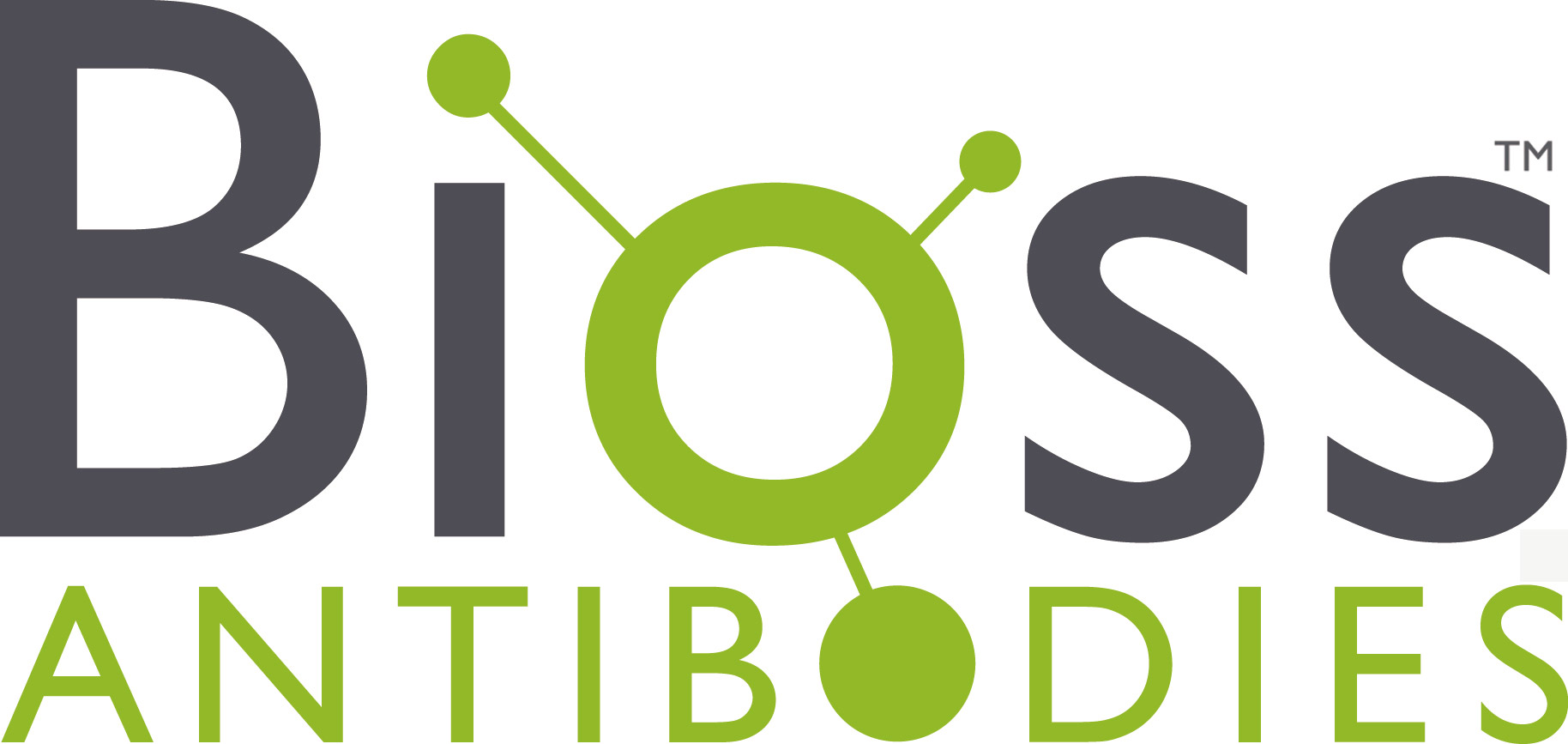
www.bioss.com.cn
400-901-9800
sales@bioss.com.cn
techsupport@bioss.com.cn
400-901-9800
sales@bioss.com.cn
techsupport@bioss.com.cn
Rabbit
Anti-PCQAP/PE-Cy5
Cat. Number:
bs-19915R-PE-Cy5
Quantity size:
100ul
Concentration:
1mg/ml Buffer = 0.01M TBS(pH7.4) with 1% BSA, 0.03% Proclin300 and 50% Glycerol.
Background:
The protein encoded by this gene is a subunit of the multiprotein complexes PC2 and ARC/DRIP and may function as a transcriptional coactivator in RNA polymerase II transcription. This gene contains stretches of trinucleotide repeats and is located in the chromosome 22 region which is deleted in DiGeorge syndrome. Alternative splicing results in multiple transcript variants. [provided by RefSeq, Jun 2014]
Also known as:
Activator recruited cofactor 105 kD; PCQAP / MED15;
Activator-recruited cofactor 105 kDa component;
ARC105;
CAG7A;
CTG repeat protein 7a;
CTG7A;
Mediator complex subunit 15;
Mediator of RNA polymerase II transcription subunit 15;
PC2 glutamine rich associated protein;
PC2 glutamine/Q-rich-associated protein;
Positive cofactor 2 glutamine/Q-rich-associated protein;
TIG-1;
TIG1;
TNRC7;
TPA inducible gene 1;
TPA inducible protein;
TPA-inducible gene 1 protein;
Trinucleotide repeat containing 7;
Trinucleotide repeat containing gene 7 protein.
MED15_HUMAN
Specificity:
●
Rabbit Polyclonal IgG, affinity purified by Protein A.
●
Reacts with:
(predicted: )
●
Immunogen: KLH conjugated synthetic peptide derived from human PCQAP.
●
Predicted Molecular Weight: 87kDa.
Storage:
0.01M TBS(pH7.4) with 1% BSA, 0.03% Proclin300 and 50% Glycerol. Store at -20 °C for one year. Avoid repeated freeze/thaw cycles. The lyophilized antibody is stable at room temperature for at least one month and for greater than a year when kept at -20°C. When reconstituted in sterile pH 7.4 0.01M PBS or diluent of antibody the antibody is stable for at least two weeks at 2-4 °C.
Application:
Excitation spectrum: 488nm,561nm,649nm
Emission spectrum: 667nm
Not yet tested in other applications.
Optimal working dilutions must be determined by the end user.
Important Note: This product as supplied is intended for research use only, not for use in human, therapeutic or diagnostic applications.